Flammable Liquids Ultrasonic Cleaners
Ultrasonic cleaners for using flammable liquids such as alcohol, acetone, and many other low flash point solvents. They consist of two separate units – an ultrasonic tank and a remote power supply. The power supply connects to the ultrasonic tank via a shielded cable.
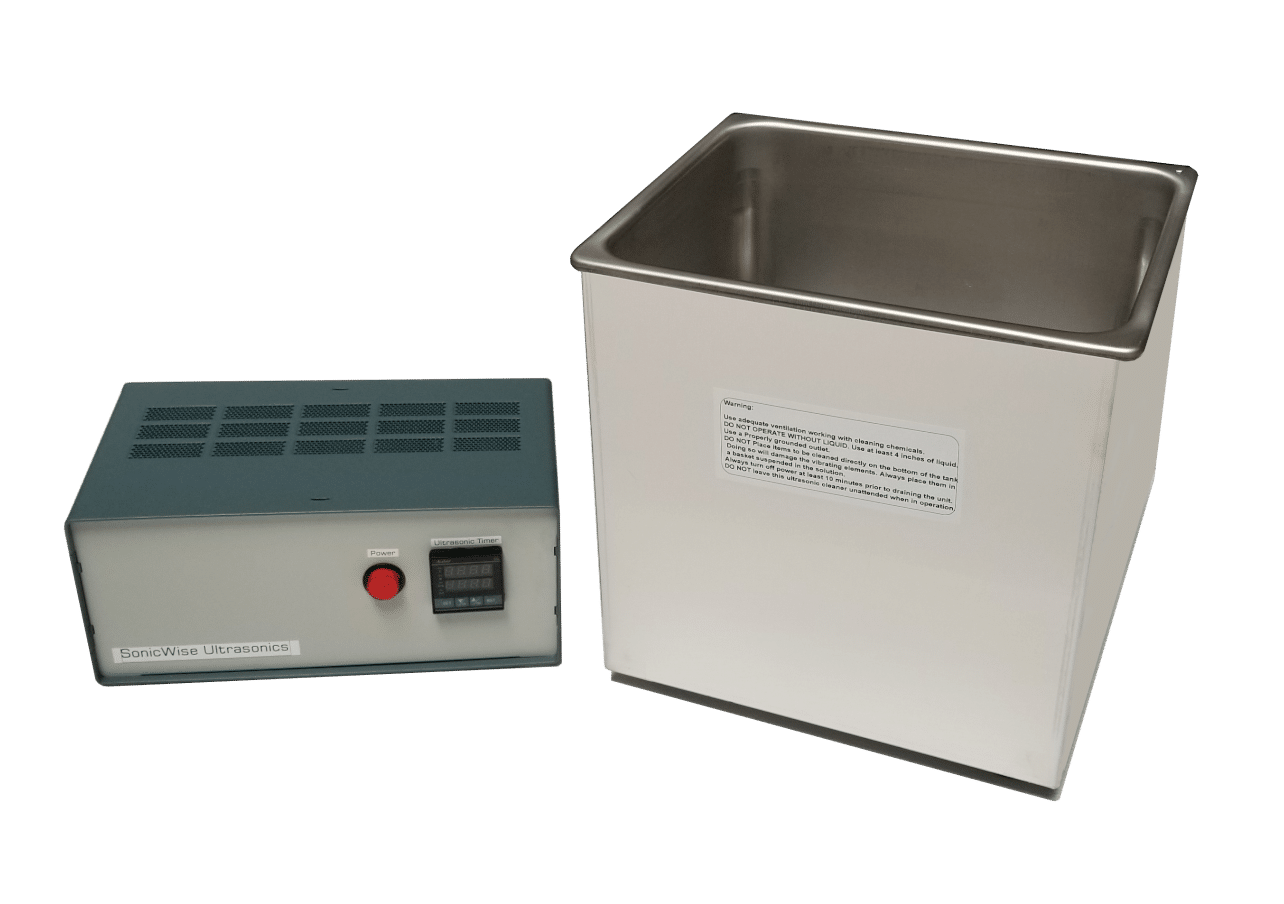
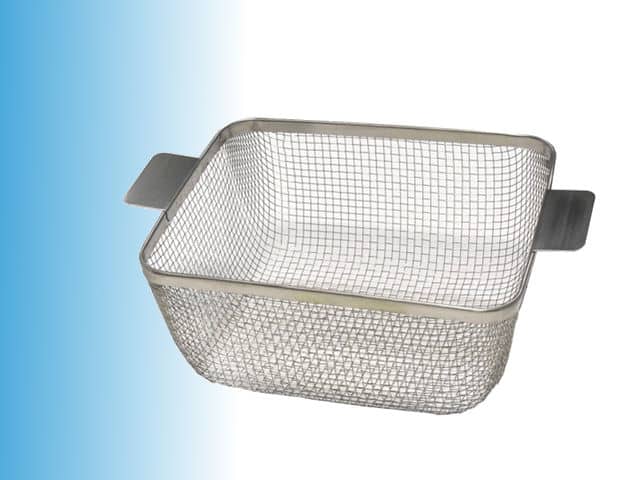
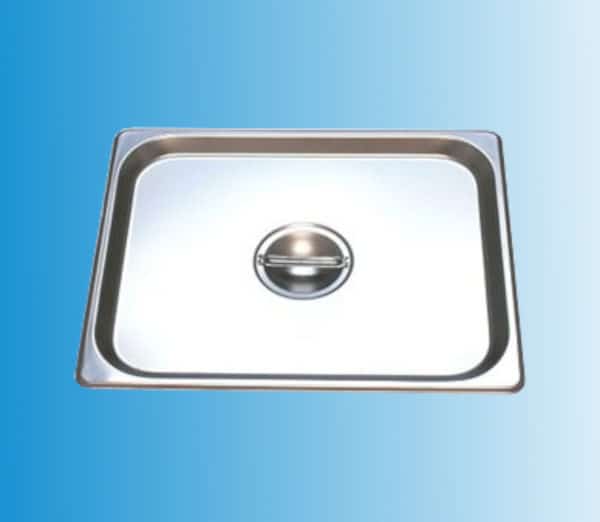
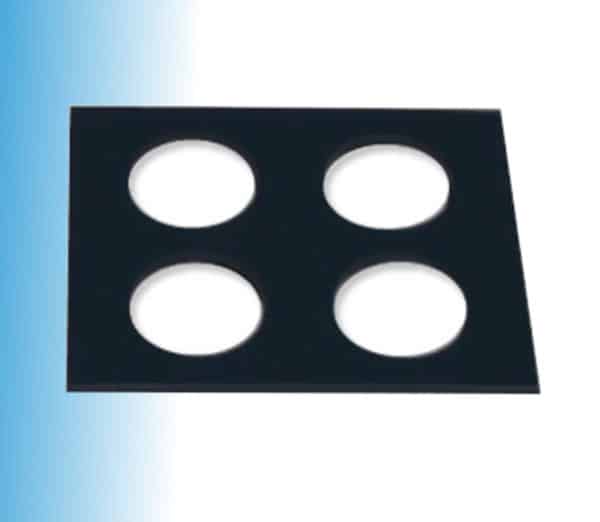
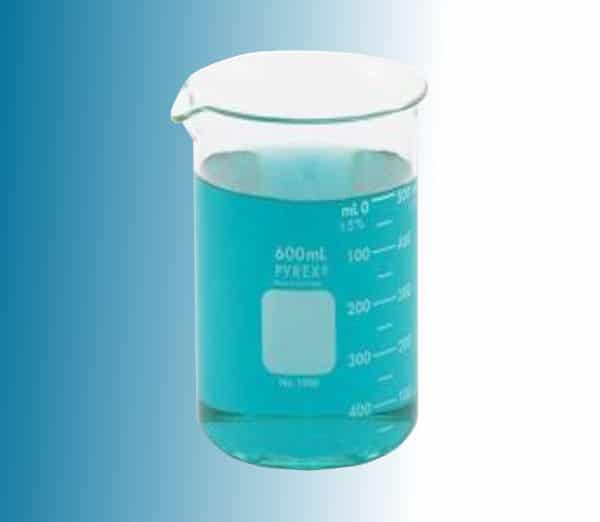
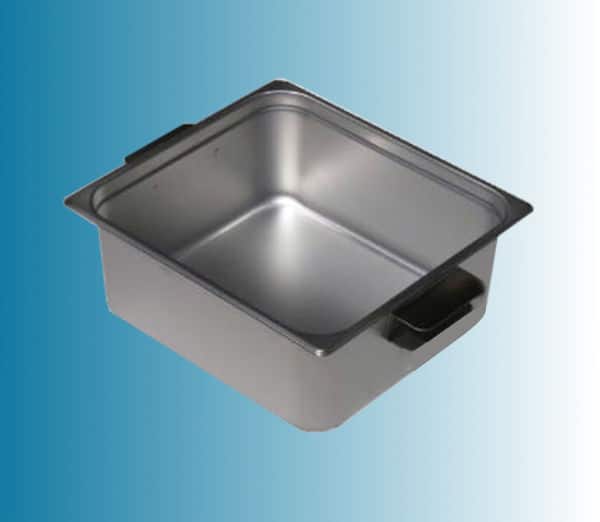
Model
Description
Capacity
Tank Dim.
Overall Dim.
Volts AC
Watts
Price
Buy Now
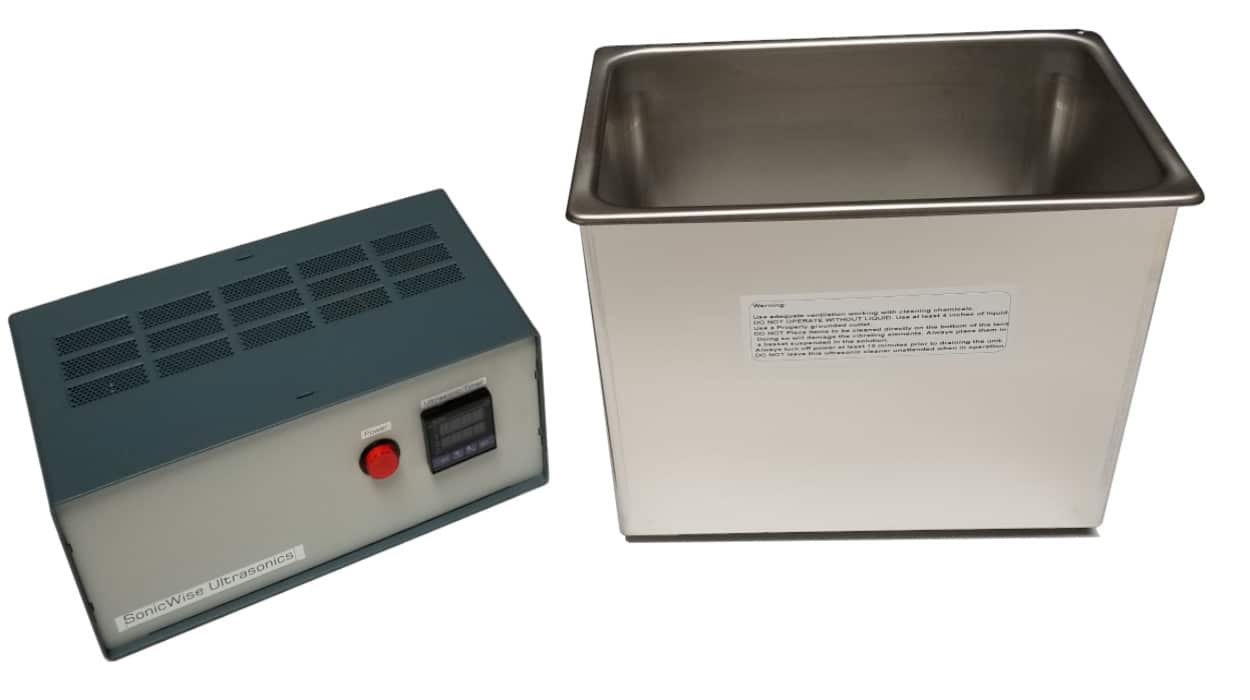
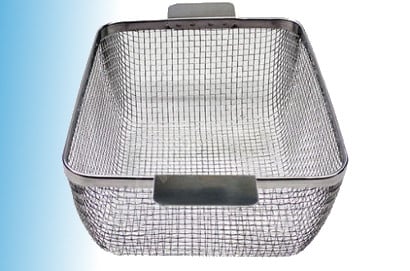
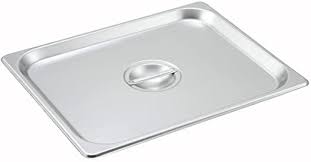
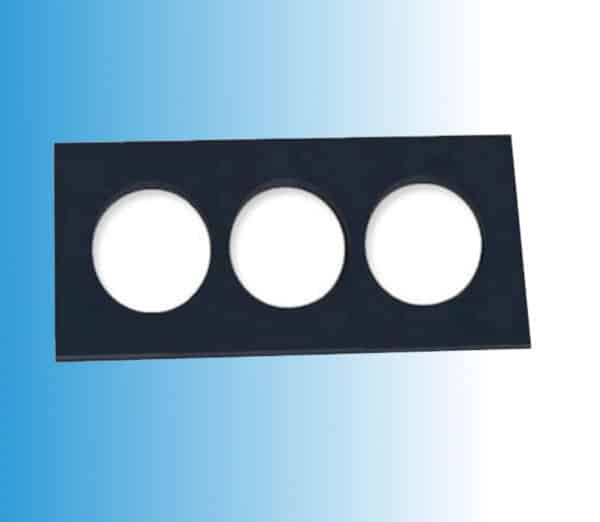
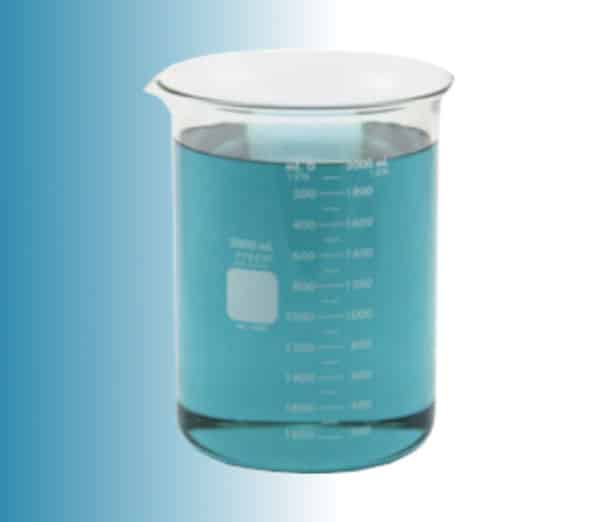
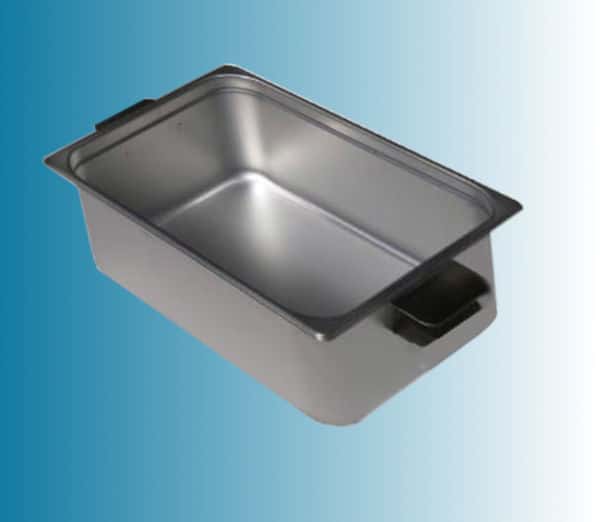
Model
Description
Capacity
Tank Dim.
Overall Dim.
Volts AC
Watts
Price
Buy Now
-
-
Following is the list of flammable liquids and their flash points. The lower the flashpoint the more flammable they are.
| Properties of Some Common Organic Solvents | |||||||
|---|---|---|---|---|---|---|---|
| Solvent | Formula | Molecular Weight | Boiling Point (°C) | Melting Point (°C) | Density (g/mL) | Solubility in Water (g/100g) | Flash Point (°C) |
| acetic acid | C2H4O2 | 60.052 | 118 | 16.6 | 1.049 | Miscible | 39 |
| acetone | C3H6O | 58.079 | 56.2 | –94.3 | 0.786 | Miscible | –20 |
| acetonitrile | C2H3N | 41.052 | 81.6 | –46 | 0.786 | Miscible | 6 |
| benzene | C6H6 | 78.11 | 80.1 | 5.5 | 0.879 | 0.18 | –11 |
| 1-butanol | C4H10O | 74.12 | 117.6 | –89.5 | 0.81 | 7.7 | 37 |
| 2-butanol | C4H10O | 74.12 | 99.5 | –114.7 | 0.808 | 18.1 | 24 |
| 2-butanone | C4H8O | 72.11 | 79.6 | –86.3 | 0.805 | 25.6 | –9 |
| t-butyl alcohol | C4H10O | 74.12 | 82.2 | 25.5 | 0.786 | Miscible | 11 |
| carbon tetrachloride | CCl4 | 153.82 | 76.7 | –22.4 | 1.594 | 0.08 | — |
| chlorobenzene | C6H5Cl | 112.56 | 132 | –45.6 | 1.106 | 0.05 | 28 |
| chloroform | CHCl3 | 119.38 | 61.2 | –63.5 | 1.498 | 0.8 | — |
| cyclohexane | C6H12 | 84.16 | 80.7 | 6.6 | 0.779 | <0.1 | –20 |
| 1,2-dichloroethane | C2H4Cl2 | 98.96 | 83.5 | –35.4 | 1.235 | 0.87 | 13 |
| diethyl ether | C4H10O | 74.12 | 34.5 | –116.2 | 0.713 | 7.5 | –45 |
| diethylene glycol | C4H10O3 | 106.12 | 245 | –10 | 1.118 | Miscible | 124 |
| diglyme (diethylene glycol dimethyl ether) | C6H14O3 | 134.17 | 162 | –64 | 0.945 | Miscible | 67 |
| 1,2-dimethoxy- ethane (glyme, DME) | C4H10O2 | 90.12 | 85 | –58 | 0.868 | Miscible | –2 |
| dimethyl-formamide (DMF) | C3H7NO | 73.09 | 153 | –61 | 0.9445 | Miscible | 58 |
| dimethyl sulfoxide (DMSO) | C2H6OS | 78.13 | 189 | 18.4 | 1.092 | Miscible | 95 |
| 1,4-dioxane | C4H8O2 | 88.11 | 101.1 | 11.8 | 1.033 | Miscible | 12 |
| ethanol | C2H6O | 46.07 | 78.5 | –114.1 | 0.789 | Miscible | 13 |
| ethyl acetate | C4H8O2 | 88.11 | 77 | –83.6 | 0.894 | 8.7 | –4 |
| ethylene glycol | C2H6O2 | 62.07 | 197 | –13 | 1.115 | Miscible | 111 |
| glycerin | C3H8O3 | 92.09 | 290 | 17.8 | 1.261 | Miscible | 160 |
| heptane | C7H16 | 100.2 | 98 | –90.6 | 0.684 | 0.0003 | –4 |
| hexamethylphosphoramide (HMPA) | C6H18N3OP | 179.2 | 232.5 | 7.2 | 1.03 | Miscible | 105 |
| hexamethylphosphorous triamide (HMPT) | C6H18N3P | 163.2 | 150 | –44 | 0.898 | Miscible | 26 |
| hexane | C6H14 | 86.18 | 69 | –95 | 0.655 | 0.0014 | –22 |
| methanol | CH4O | 32.04 | 64.6 | –98 | 0.791 | Miscible | 12 |
| methyl t-butyl ether (MTBE) | C5H12O | 88.15 | 55.2 | –109 | 0.741 | 4.8 | –28 |
| methylene chloride | CH2Cl2 | 84.93 | 39.8 | –96.7 | 1.326 | 1.32 | 1.6 |
| N-methyl-2-pyrrolidinone (NMP) | CH5H9NO | 99.13 | 202 | –24 | 1.033 | 10 | 91 |
| nitromethane | CH3NO2 | 61.04 | 101.2 | –29 | 1.382 | 9.5 | 35 |
| pentane | C5H12 | 72.15 | 36.1 | –129.7 | 0.626 | 0.004 | –49 |
| petroleum ether (ligroine) | — | — | 30-60 | –40 | 0.656 | — | –30 |
| 1-propanol | C3H8O | 88.15 | 97 | –126 | 0.803 | Miscible | 15 |
| 2-propanol | C3H8O | 88.15 | 82.4 | –88.5 | 0.785 | Miscible | 12 |
| pyridine | C5H5N | 79.1 | 115.2 | –42 | 0.982 | Miscible | 17 |
| tetrahydrofuran (THF) | C4H8O | 72.106 | 66 | –108.4 | 0.886 | 30 | –14 |
| toluene | C7H8 | 92.14 | 110.6 | –93 | 0.867 | 0.05 | 4 |
| triethyl amine | C6H15N | 101.19 | 88.9 | –114.7 | 0.728 | 0.02 | –11 |
| o-xylene | C8H10 | 106.17 | 144 | –25.2 | 0.897 | Insoluble | 32 |
| m-xylene | C8H10 | 106.17 | 139.1 | –47.8 | 0.868 | Insoluble | 27 |
| p-xylene | C8H10 | 106.17 | 138.3 | 13.3 | 0.861 | 0.02 | 27 |
-
SOURCE: Dr. Steven Murov, Professor Emeritus of Chemistry, Modesto Junior College.
